In the Near Distance
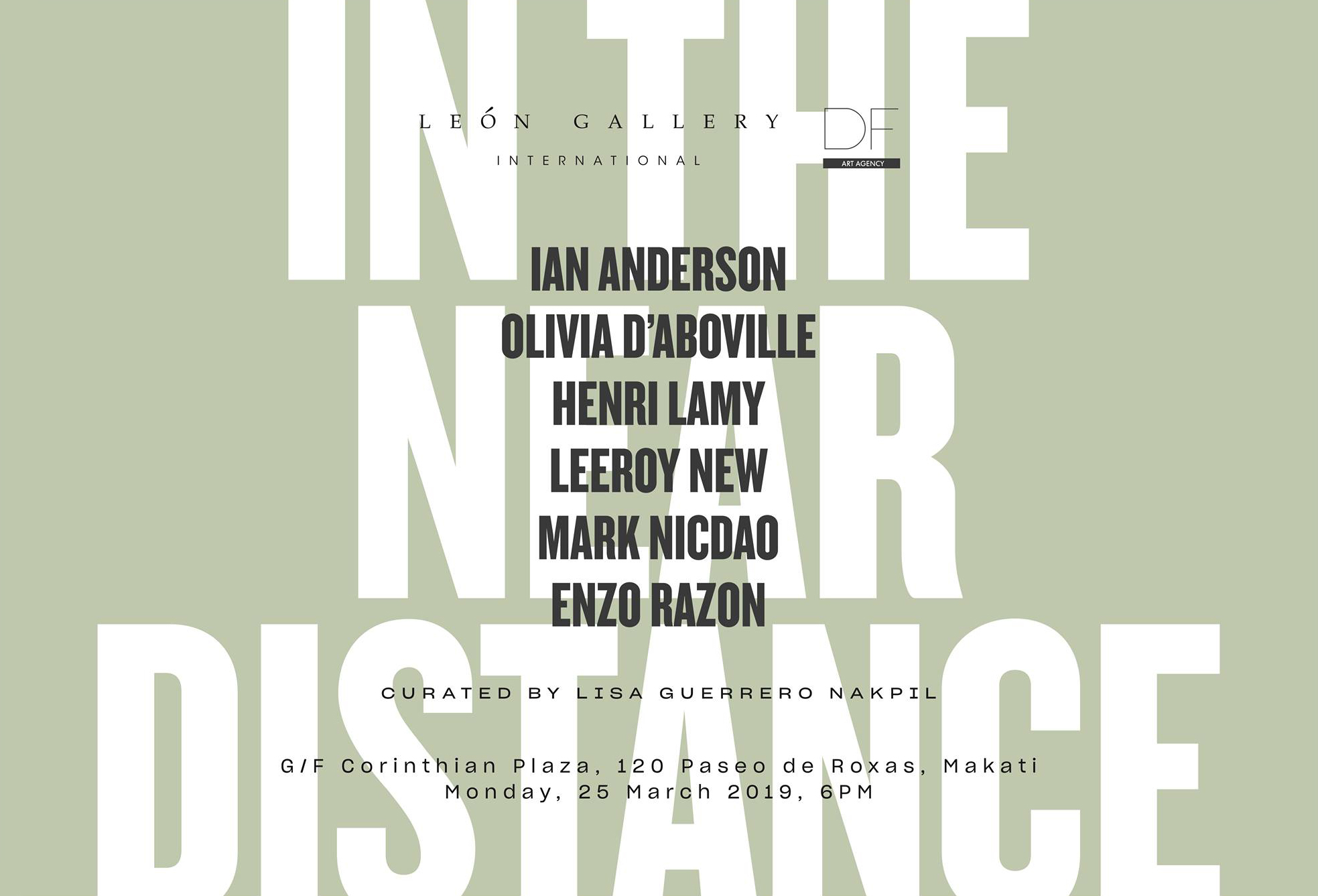
Monday, March 25, 2019 at 6 PM
Leon Gallery
G/F Corinthian Plaza, 121 Paseo de Roxas
Leon Gallery and DF Art Agency are proud to present ‘In the Near Distance’.
Six artists explore identity and sense of place in both their original as well as borrowed countries in the new exhibition ‘In the Near Distance”, set to open on Monday, March 25, 2019 at León Gallery in Makati, Metro Manila.
The exhibition will run for two weeks until April 8th.
The artists are :
Ian Anderson, Olivia d’Aboville, Henri Lamy, Leeroy New, Mark Nicdao, and Enzo Razon.
They will be utilizing mediums old and new, from figurative and abstract painting to mixed media, combining sculpture and installation, photography and video.
–
A B O U T T H E A R T I S T S

Ian Anderson first came to public notice when he was commissioned to create a 6-story mural for an American tv company in 2016. He has since exhibited in Tokyo, integrating puzzles, mazes and games into his whimsical works.
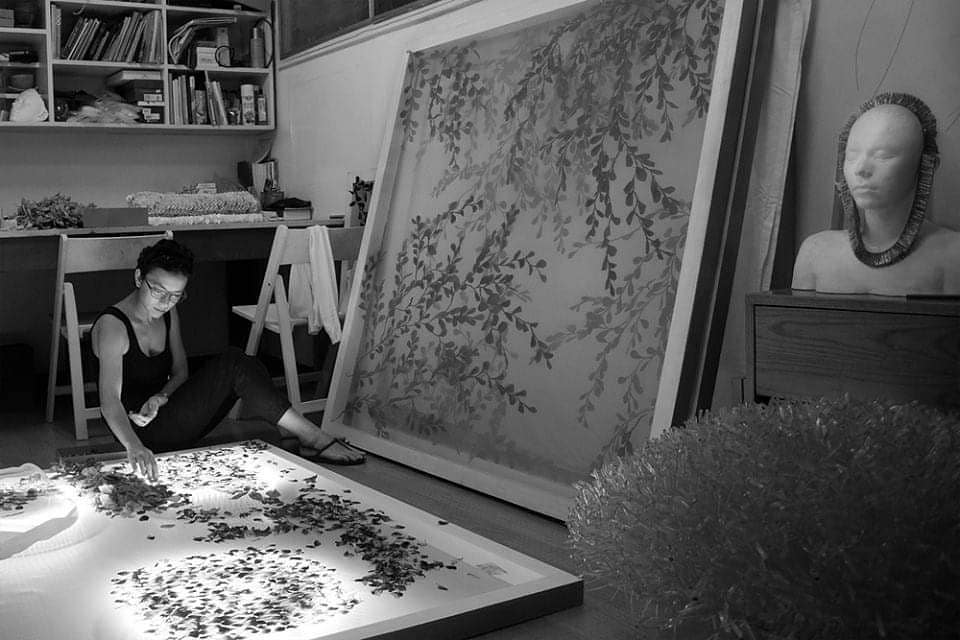
Olivia d’Aboville is one of the most dynamic (if unconventional) artists in textiles in the country today, which reflects a commitment to use Filipino natural fibers as well recycled/upcycled materials as a demonstration of her serious purpose as an environmental activist.
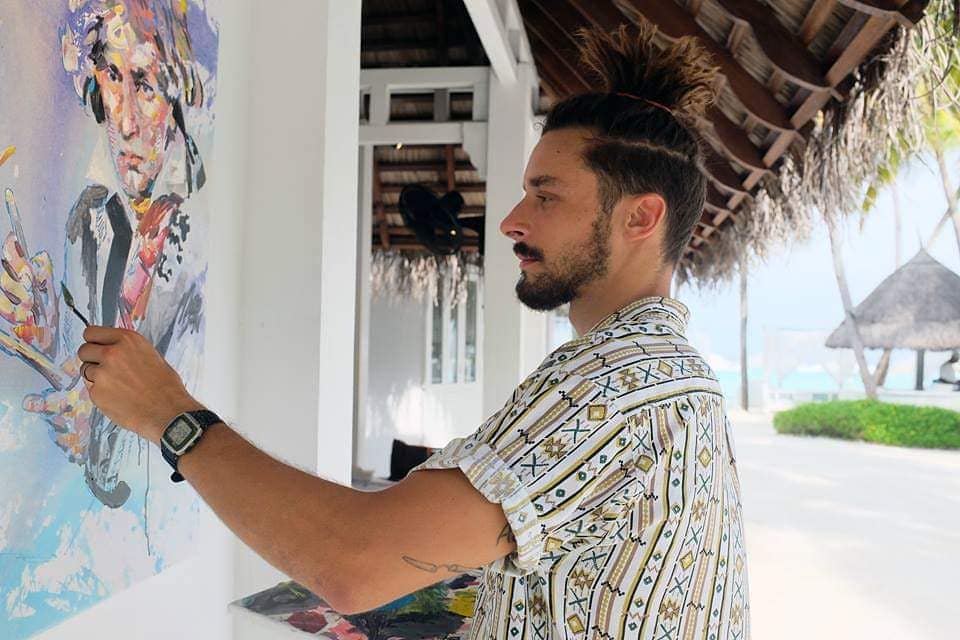
Henri Lamy, on the other hand, is best known as a painter that combines his practice with capoeira and dance. He was recently featured during the opening ceremonies of the Lighthouse facility of the Ateneo SALT Institute located at the university’s Areté museum.
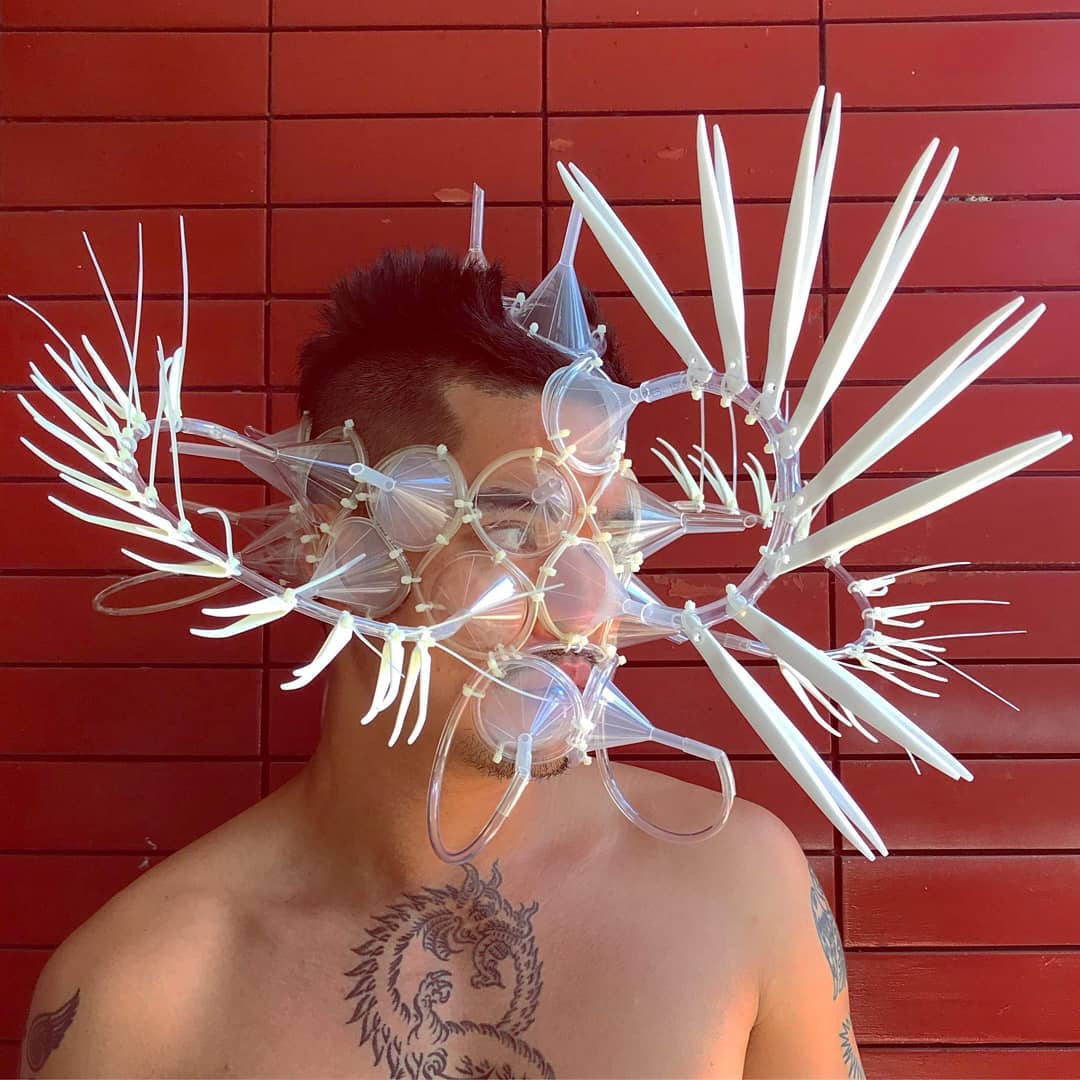
Leeroy New combines concepts of installation and performance art to create works of magnificent scale and meaning. His most recent project consisted of floating a garden space down the Pasig River, the metropolis’ most polluted waterway, highlighting the need for a sustainable environment through creative (and critical) intervention.

Mark Nicdao is equally global, capturing with his lens, both Filipino and international artists, models, and celebrities for various international media and corporations. He aims to meld his signature sensuousness with a combination of other media for the upcoming show.
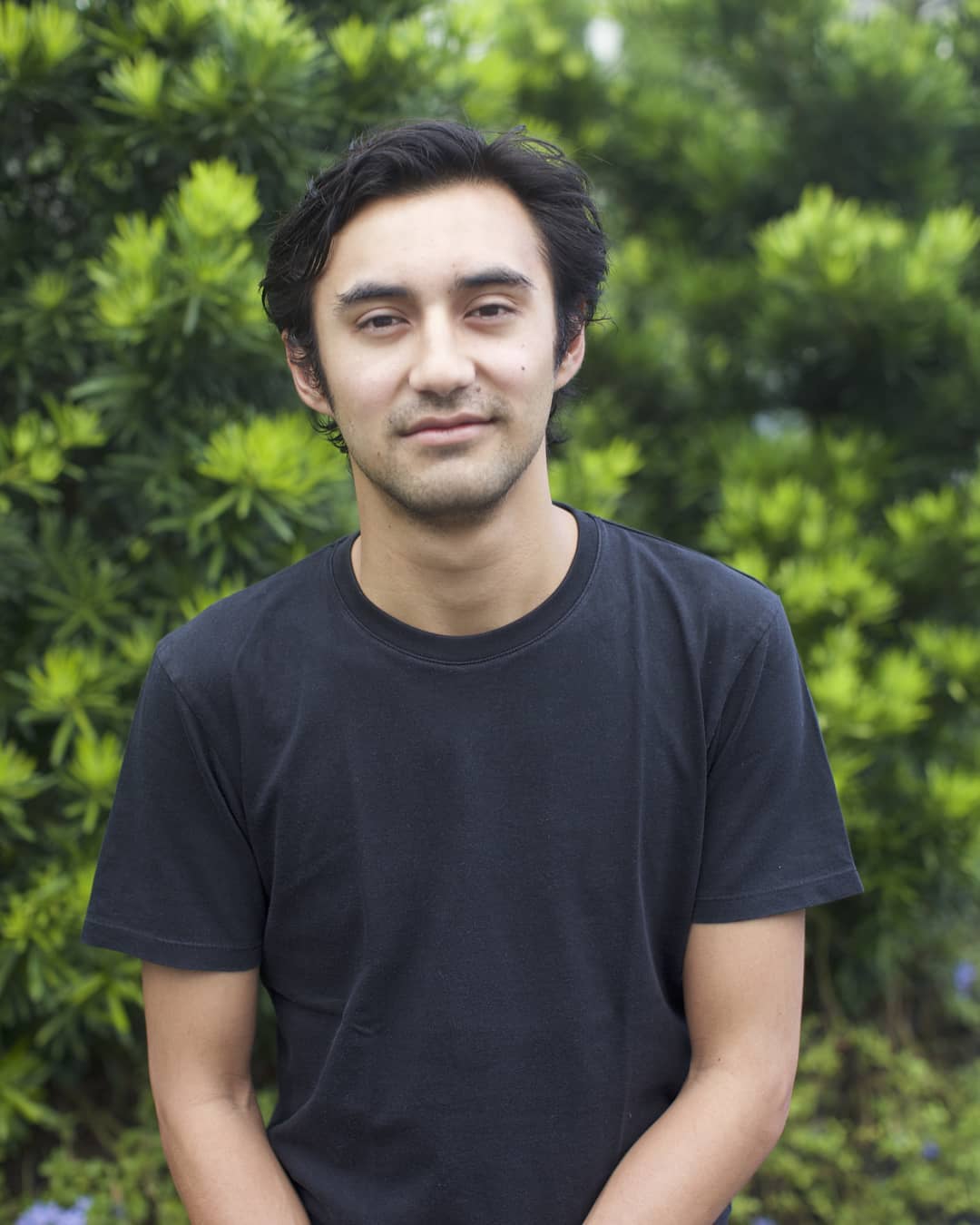
Enzo Razon is the co-founder of a photography gallery and creative content agency specializing in documentary short films. Working in video, installation, photo and ink drawings, Enzo is currently drawn to exploring the relationships between specificity and universality within the contexts of both childhood and the Filipino home.
Invite
https://www.facebook.com/events/2039886096066406/
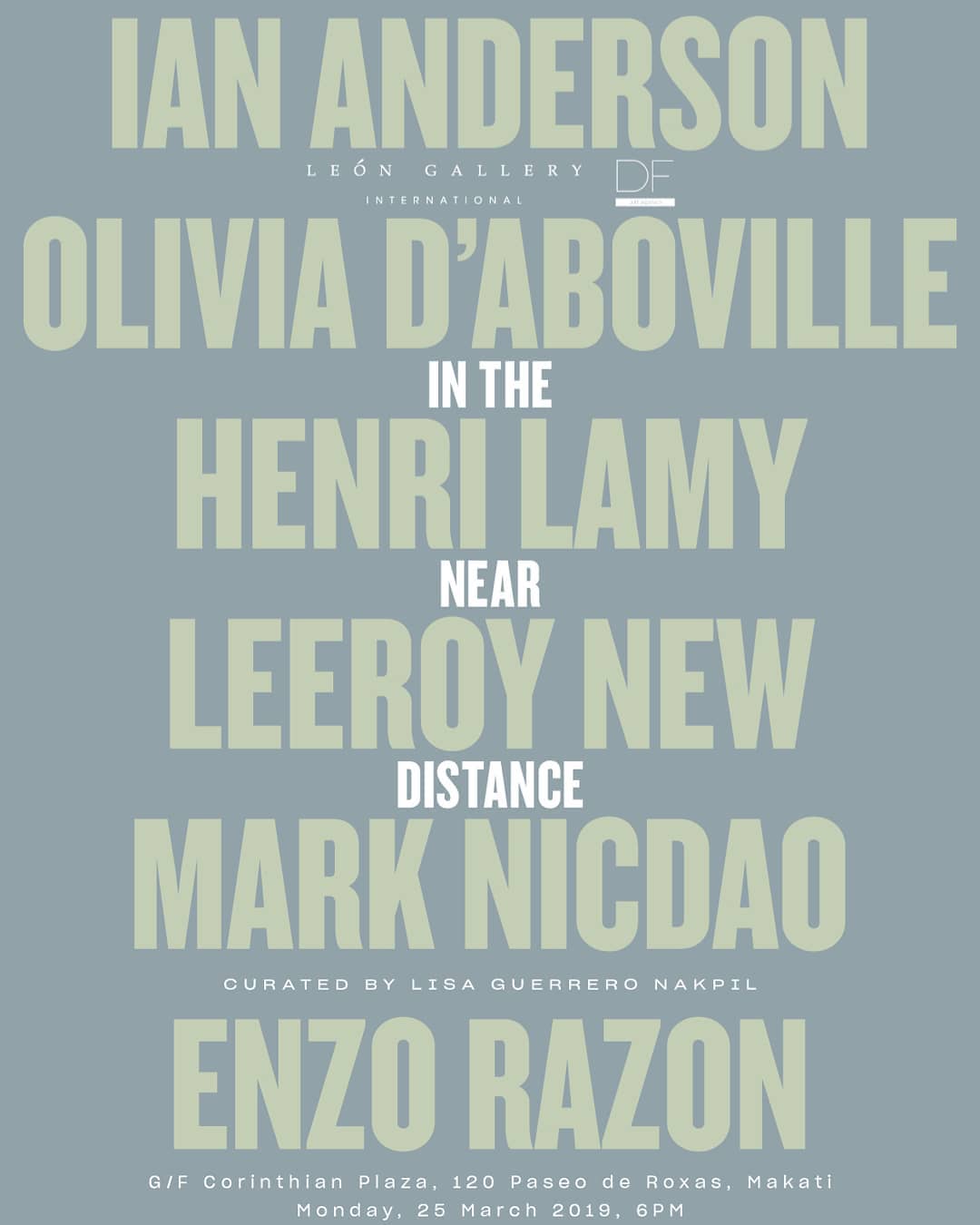
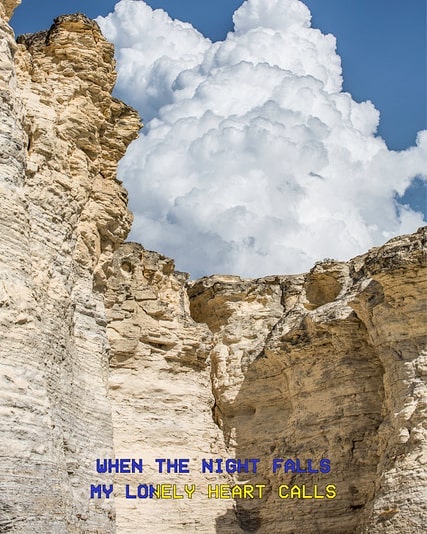
Enzo Razon
2019
Hahnemuhle Photographic Print with Acrylic ink
Enzo Razon uses the karaoke as a take-off point for his works for this exhibition:
“Karaoke or KTV, is a Japanese invention loaded with expressions of the American pop music canon and most notably, used for celebration and revelry.
Its more recent form as touristic courtship makes the KTV synonymous with joy, fun, and family but also with hedonism and indulgence. To sing KTV is to live vicariously. KTV is a casual acknowledgement of the ubiquity of Western culture and the technological advancements of our Pacific neighbors.
Using small marks on paper and a movie-poster like collage of KTV portraits on photographic archival paper, I hope to reflect these sentiments.”

Henri Lamy
Lyon, 2019
Henri Lamy describes his artist statement for this show in two words, as the “Artist Sapiens” pointing out how our artistic roots derive from our ancestors.
On “Le Messager” (The Messenger)”:
“This artwork was made from a landscape of Bangkok. This is why this artwork has a special feeling of scale.
The character is inspired from ‘Le Postier (The Postman)’ of Van Gogh.
I thought it was interesting to deconstruct the different sides of the personality of an ordinary man, and draw links between letters and paintings, that are two ways of communicating while traveling.”

Ian Anderson
2019
Pen on Paper
“I’m fascinated by the energy that something handmade gives. Sure, it would be more convenient to go on a computer and create a tile of my patterns, or to make the spacing and line quality absolutely perfect.
But I like things a little wrong. Everybody knows what ‘Right’ is supposed to look like, ‘Wrong’ is more interesting to me.”
Ian Anderson’s “micro art” style entails mazes and patterns painstakingly drawn by hand and resembles aspects of Op Art, Keith Haring and M.C. Escher styles.

